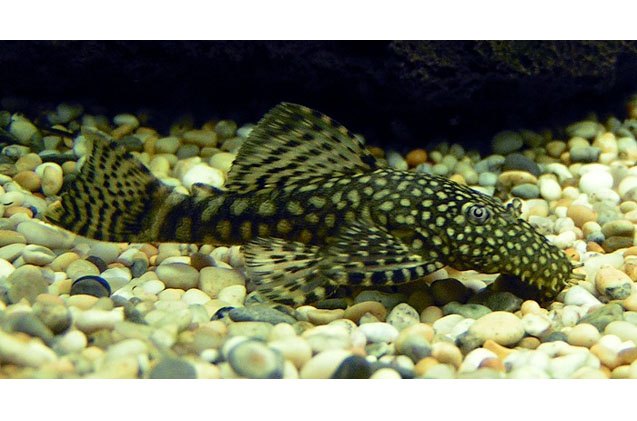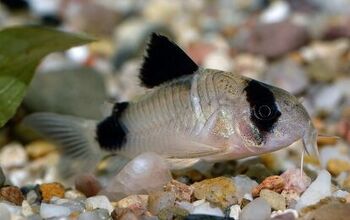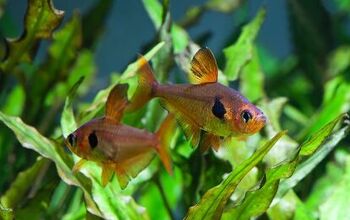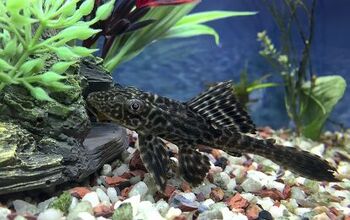163 Views
Catfish

by
Amy Tokic
(IC: )
Published: November 12th, 2013

About Catfish
Group
Freshwater
Size
Large
Temperament
Non-aggressive
Aquarium Size
Large (50+ gal )
Swimming Region
Bottom
Fish Water Condition
Varies depending on species
Suitable Tank Mates
Other species of catfish, Koi, Giant Gourami, Oscars, Pacu
Difficulty Of Care
Monthly care
Top Breed
4
Catfish General Description
The specific aquarium needs of different species of catfish vary based on their natural habitats. However, most species are extremely hardy and can adapt to a fairly wide range of water conditions. That said, they can be sensitive to abrupt changes in water quality and are sometimes sensitive to the side effects of various medications.

Amy Tokic
Amy Tokic, Editor of PetGuide.com, is a passionate animal lover and proud pet parent of Oscar, a Shih Tzu/Chihuahua cross, and Zed, a Japanese Chin. Her love of animals began in kindergarten, when she brought her stuffed dog Snoopy into class with her every day. Now, she writes about her adventures in pet ownership and tirelessly researches products, news and health related issues she can share with other animal enthusiasts. In her free time, Amy loves perusing used book and record stores, obsessing over the latest pet products available and chasing squirrels with wild abandon (a habit attributed to spending too much time with her pooches).
More by Amy Tokic
Published November 12th, 2013 12:00 AM
























